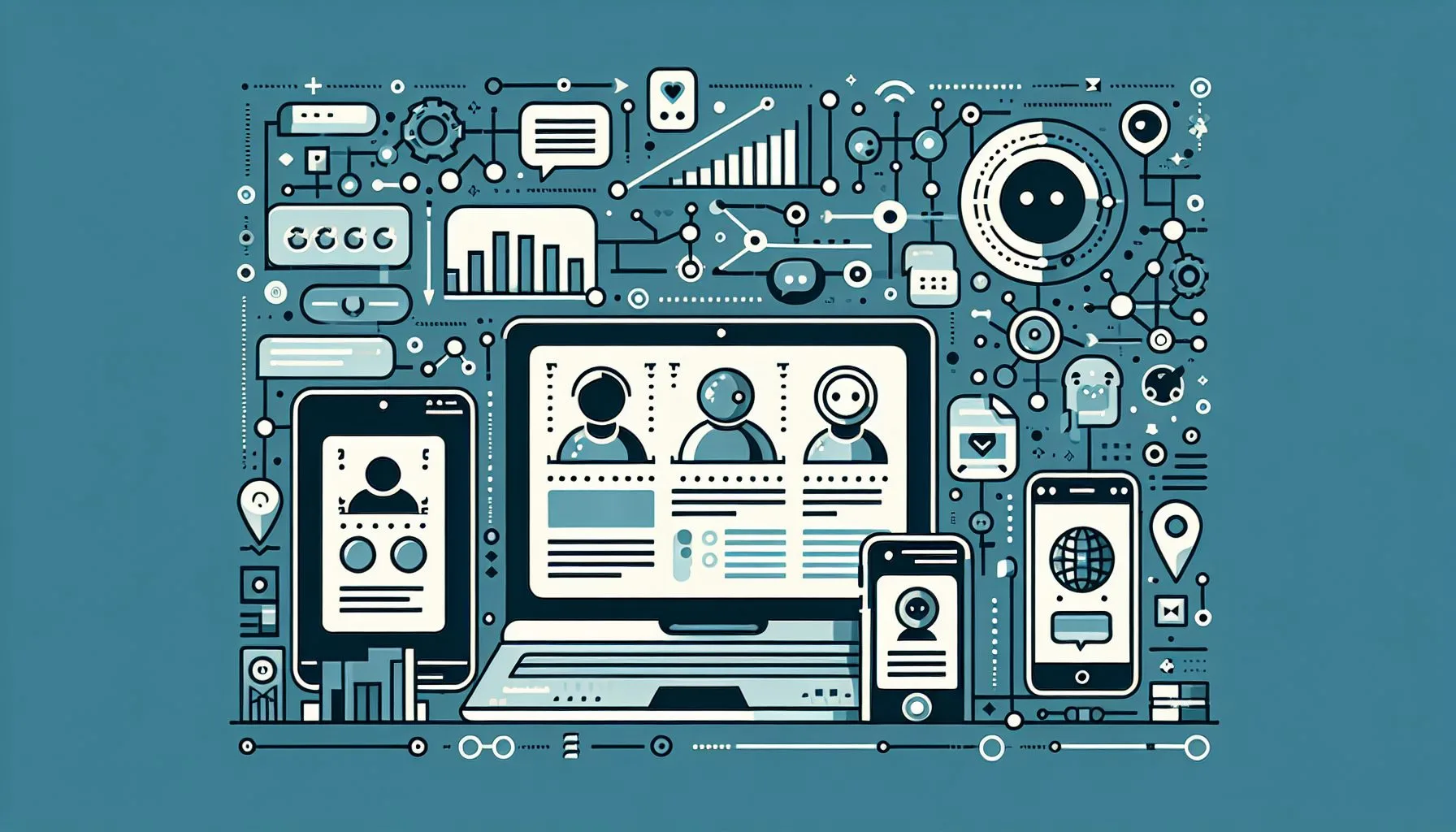Interesting Facts
In the dynamic world of social media, Twitter stands out as a hub for real-time conversations and trends. However, not every account represents a genuine user; many are automated bots that can distort conversations and influence opinions. In 2024, understanding how to spot these bots is crucial for anyone navigating this platform.
The Rise of Twitter Bots: A Double-Edged Sword
Twitter bots are automated accounts designed to perform tasks without human input, such as tweeting, retweeting, or following other profiles. While many bots provide valuable services, like news updates or alerts, others are created to manipulate, spam, or spread misinformation. The dual nature of bots means they can be helpful by automating information sharing but disruptive when they distort authentic engagement. For a deeper insight into this, a resource like what are twitter bots and how can you spot them elaborates on these concerns.
The Importance of Identifying Bots
Recognizing bots is essential beyond mere curiosity. Bots can skew public opinion, spread false information, and affect marketing strategies. For example, businesses tracking customer sentiment on Twitter might misinterpret data if a large portion of interaction comes from bots. Similarly, public figures risk their reputations being influenced by fake engagement. Being able to identify bots helps maintain trust and integrity in online interactions. Check out what sets us apart to understand professional approaches to social media integrity.
Signs You Might Be Seeing a Twitter Bot
1. Unnaturally High Posting Frequency
Accounts that post excessively, often dozens or hundreds of times daily without breaks, may be bots. Such mechanical rhythms, like tweeting every few minutes non-stop, suggest automation rather than human behavior.
2. Follower and Following Ratios That Don’t Add Up
Bots frequently have disproportionate follower patterns, such as following thousands with minimal followers themselves or large follower counts devoid of genuine engagement. Networks of suspicious accounts often follow each other, creating artificial clusters.
3. Profile Pictures and Personal Information
Use reverse-image searches to check profile pictures. Bots often use stock or stolen images, and their profiles tend to have shallow bios, missing locations, or generic data. Authentic profiles usually feature personal photos and detailed bios.
4. Repetitive Content and Hashtag Spam
Bots push repetitive messages and overwhelm tweets with irrelevant hashtags to boost visibility artificially. Identical tweets, copy-pasted replies, and excessive trending hashtags are key indicators.
5. Interaction Patterns That Don’t Feel Right
Bot interactions are often generic, off-topic, or lack nuance, like robotic replies such as “Great post!” regardless of context. Genuine users engage with varied responses and meaningful conversation. If you want to learn methods to identify these patterns more accurately, Bot Sentinel offers valuable tools for tracking and analyzing bot activity.
Explore professional social media account services to enhance your Twitter experience
Tools and Techniques to Detect Twitter Bots
TwitterAudit and Similar Verification Services
Platforms like TwitterAudit and Botometer analyze follower quality and behavior patterns to estimate an account’s authenticity. They provide scores that help assess bot-likeness based on factors including posting habits and network connections. You might also explore buying Twitter accounts legitimately through trusted platforms; this often includes insights into account authenticity.
Behavioral Analytics
Advanced machine learning models evaluate multiple metrics, from language use to posting intervals, detecting sophisticated bots invisible to casual observation. These algorithms continuously evolve to keep pace with advancing automation.
Contextual Evaluation
Combining automated detection with human judgment yields the best outcomes. Sometimes highly active accounts are human, and suspicious-looking profiles might be legitimate. Evaluating context, content diversity, and engagement depth is key.
The Case of Drake and Twitter Bot Allegations
Celebrity discussions, such as those around Drake, illustrate challenges in distinguishing organic fan engagement from bot-driven hype. While no concrete proof implicates Drake’s Twitter, the cases highlight the broader impact of bots on measuring digital influence and audience authenticity. For more insights on detecting Twitter bots, Norton’s blog offers expert advice.
Staying Ahead: What Can You Do?
Watch for unusual behaviors, use reverse-image searches, and employ detection tools regularly. Trust your instincts if engagement feels unnatural. For brands, periodic audits can protect against bot-driven distortions, ensuring marketing efforts target genuine audiences. Services like Viral Account Escrow Service provide professional options for managing social accounts securely.
Reflections on the Future of Bot Detection
As bots become more human-like, spotting them is increasingly difficult. However, improved tools and critical thinking empower users to sift through the noise. Balancing privacy with transparency remains a challenge as platforms strive for safer digital spaces.
Next time you browse Twitter, remember: authenticity matters. Spotting bots helps keep our online communities honest and trustworthy.
Additional Tips for Recognizing Twitter Bots
- Check account age: New accounts with high activity can be suspicious.
- Look for conversational depth: Bots rarely sustain natural dialogue.
- Assess language: Repetitive or awkward phrasing may signal bots.
- Evaluate media: Genuine users share personal photos or stories more than bots.
Why Bots Matter Beyond Twitter
Bots impact all social platforms, affecting discussions from politics to marketing. Knowing how to detect bots contributes to digital literacy and healthier online environments everywhere. For a broader range of social media marketing services, consider exploring our services to enhance your digital strategy.
With this knowledge, you’re better prepared to navigate the intricate social media landscape confidently.
What are the most common signs of a Twitter bot?
Common signs include high posting frequency, unusual follower-to-following ratios, generic profile info, repetitive content, and mechanical interaction patterns.
Can Twitter bots be helpful?
Yes, some bots provide useful services such as news updates, weather alerts, or automating routine tasks, but many are used for manipulation or spam.
What tools can I use to detect Twitter bots?
You can use tools like TwitterAudit, Botometer, and advanced machine learning-based services to analyze account behavior and identify likely bots.

